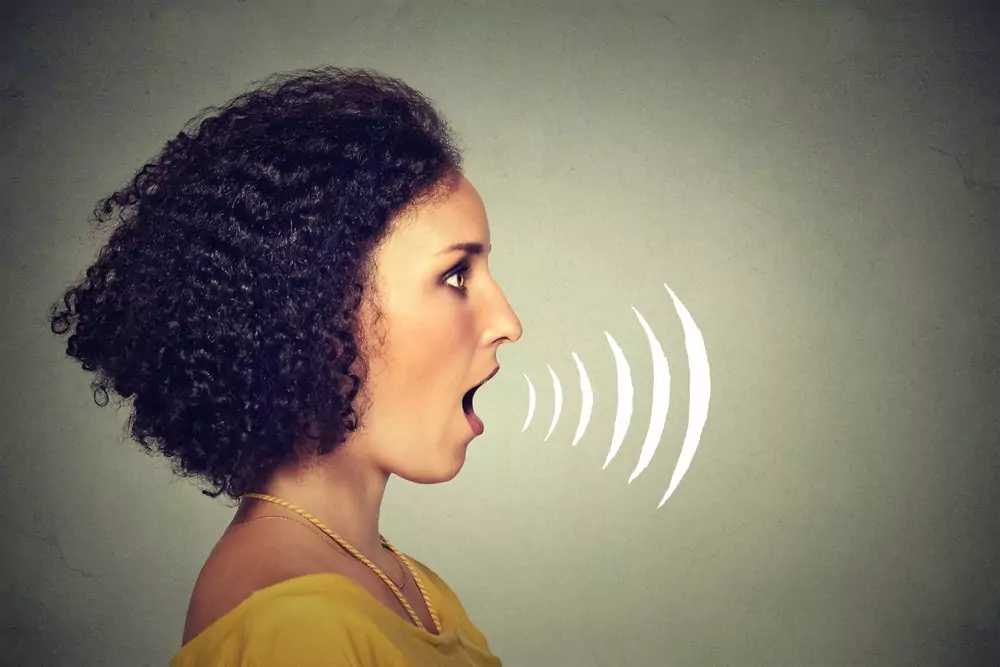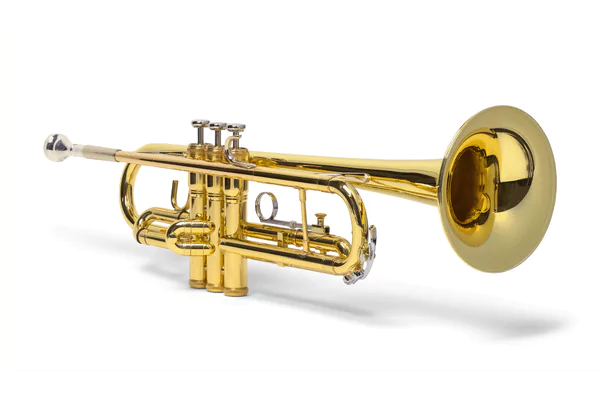Podcast: Play in new window | Download
One of the significant challenges of singing is that it is sensation-based, especially vocal resonance. These sensations in the human voice can be tricky as they are not easy for everyone to feel and often don’t present themselves until you are singing correctly.
In this episode, John gives simple exercises to increase awareness of your resonators, their sympathetic vibrations, and to improve your quality of tone.
In this episode, John shares the following:
- What vocal resonance is
- Simple exercises to increase awareness of your resonators
- How to improve your quality of tone
INDEX
What is Vocal Resonance?
How to Find Basic Vocal Resonance
Exercises to Increase Awareness of Your Resonators
What is Vocal Resonance?
When you speak, your voice is produced by the vibration of your vocal cords. This vibration is then amplified by the resonating cavities in your head and throat. This amplification is what we call vocal resonance.
Vocal resonance is the sound waves your vocal cords create, bouncing off a reflective surface. And this reflective surface enhances, strengthens, and gives more energy and power. It also lengthens the sound wave and its duration.
There are three main types of vocal resonance:
- Nasal resonance – This occurs when air vibrates in your nose as you speak. It gives your voice a “nasal” quality.
- Mouth resonance – This occurs when air vibrates in your mouth as you speak. It gives your voice a “mellow” quality.
- Throat resonance – This occurs when air vibrates in your throat as you speak. It gives your voice a “gravelly” quality.
Good resonance makes it easier to sing because all this energy of the reflected sound waves reflects down to your vocal cords and helps them come together better. It also resists air easier because of the returning pressure and energy of the reflected vocal folds.
How to Find Basic Vocal Resonance
When you are trying to sing a song, there’s a lot going on. You must learn to tune into resonance while struggling with pitch and legato. Not to mention all the other things that make it rough for a beginner to singing beautifully.
To get good resonance, think of being in an empty parking garage or a tunnel. When you clap your hands, shout, or whoop, you’ll hear an echo. The sound you make is enhanced by bouncing off the reflective walls within the acoustic space. As a result, the clap can become louder and more extended.
As you learn to sing and tune vowel sounds, you will be adjusting the resonance spaces of your throat and mouth.
Let’s look at an instrument like a trumpet. Players bring their lips together, and they make that buzzing sound. That’s exactly what our vocal folds do. So that starts the sound wave. The sound of the buzzing lips does not sound like a trumpet. These sound waves need help. They need to be enhanced. And they are enhanced by the reflective surfaces of the trumpet’s body. The trumpet’s steel surface gives the buzzing lips the characteristic sound of the trumpet.
But if we buzzed our lips into a trombone, it would be a different sound. It still has a brass quality but doesn’t sound like a trumpet.
The size and shape of the resonators have a huge impact. Also, your vocal tract shape will give you a unique singing voice.
Our interactions with the sound wave created by our vocal folds and then our vocal tract are probably the most important part of singing. The breath starts, and the vocal cords come together. But the resonance, or the energy fed back to the vocal folds, is super important.
Exercises to Increase Awareness of Your Resonators
The best way to keep your resonators healthy is to exercise them regularly. Here are some simple exercises that you can do to increase your awareness of your vocal resonator and keep them in tip-top shape.
The first step in exercising your vocal resonators is to become familiar with them. There are four main vocal resonance chambers: the nose, the mouth, the pharynx, and the chest. Each one plays a role in producing sound. To get started, try this simple exercise:
- Take a deep breath and exhale slowly. As you exhale, focus on the sensation of air moving through your nose. Can you feel the vibration in your nasal cavity and nostrils?
- Make an “mm” sound as you exhale. Can you feel the vibration in your lips?
- Make an “ng” sound. Can you feel the vibration in the back of your throat?
- Try humming a low note. Can you feel the vibration in your chest?
- Make a sound that incorporates all four resonance points: “mmmngg.” Can you feel each one working together?
Now that you’re more aware of your vocal resonators, it’s time to start exercises that will help keep them healthy and functioning properly.
- For the nose and mouth resonance points, try placing a finger on each side of your face just below the cheekbone and opening your mouth wide while saying “ahh.” You should feel a vibration under your fingers. Repeat 10 times.
- To exercise the pharyngeal resonance point, try this simple yawn-and-swallow exercise: open your mouth like you’re trying to yawn but try to swallow at the same time (don’t swallow!). You should feel a muscle tightening in the back of your throat. Repeat 10 times.
- For chest resonance, place both hands on your lower ribs and take a deep breath so that your hands are pushed outwards. You should feel your lower ribs and back muscles expand as you breathe in deeply. Repeat 10 times.
Now that you’ve exercised all four points individually, it’s time to put them together again with some lip trills! This time, however, we’re going to add some movement to help loosen up any tightness in the muscles around our vibrating vocal cords.
Sit or stand with good posture and take a deep breath in through your nose, allowing your stomach to expand (imagine that you’re filling up a balloon). As you exhale through pursed lips, make an “r” sound (think of how horses snort!). The goal is to make a continuous “rrrr” sound without pausing for breath—you should feel vibrations throughout your entire body! Start with 10 trills and work up to 20 as you get more comfortable with the exercise.
Get Your Resonance Working for You
Vocal resonance is an important aspect of speaking that can be improved with practice. By understanding what vocal resonance is and how it works, you can improve your voice’s tone quality, and sing with greater power and more efficiency.
Moreover, regularly exercising your vocal resonators is key to maintaining a clear, strong voice—and it’s not as difficult as it might seem.
If you want to know more about me, please visit my website, johnhenny.com. Be sure to get my vocal warmups. Check out my book and training as well.

